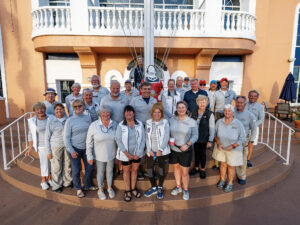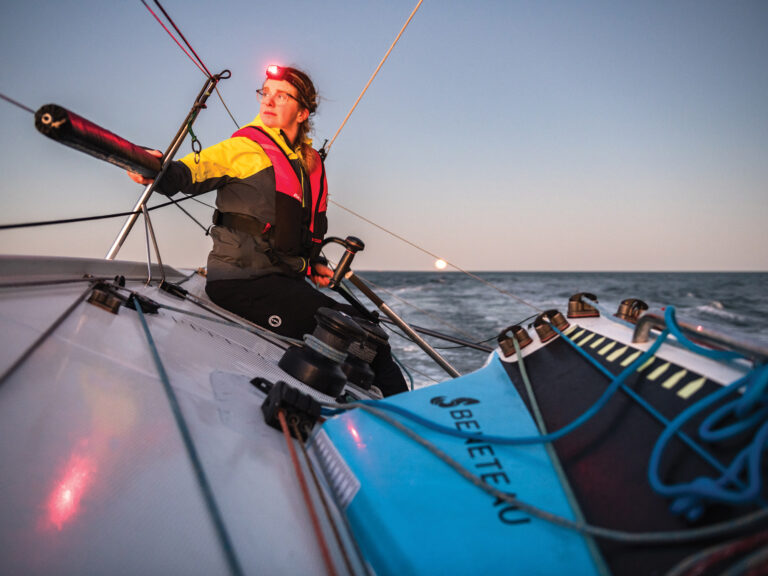
Sail Flow San Diego
Typical weather conditions in Southern California are dominated by the meso-scale sea breeze. The Pacific sub-tropical high-pressure system lying offshore maintains a strong and steady subsidence inversion along the coast. Upper-level air within this system subsides, is compressed, and progressively warmed, but air in contact with the sea becomes progressively cooler, thus strengthening the inversion. Colder sea surface temperatures, thanks to the south-going California current, maintain this ever-present marine layer and reinforce the stability of the lower 2000 feet. Synoptic (large scale) winds therefore typically play a lesser role, allowing the sea breeze to dominate.
Through a typical March, Pacific high-pressure trends gradually northwards, while the inland thermal trough gradually becomes better established. On the whole, synoptic pressure gradients remain weak. Surface winds through the morning hours are generally weak, with sea breeze onset often largely dependent upon the timing of low cloud and fog erosion. An early burn-off results in an early but usually weak initial sea breeze; a slow burn-off may result in calmer conditions lasting through midday and into early afternoon before a late sea breeze develops. During the transition to a sea breeze the sailor may experience an oscillating wind flow where right-shifted gusts are stronger, but spaced between weaker left-shifted gusts.
Sea breeze development through the day is a balance of many other differing variables. The flow around topography adds even more complexity to the mix. As the sea breeze strengthens it generally veers from WSW or W to an overall NW flow, but this flow is often modified by local topography. Along the San Diego shoreline, subtle but complex changes in strength and direction can be expected through the day as primary and secondary sea breezes develop, mature, and eventually fade through the late afternoon.
Not everyday has sea breeze development in San Diego. On days where there are overcast conditions with precipitation, sea breezes do not develop, but such days are rare in San Diego as the average precipitation in March is only 1.77 inches and decreases to 0.79 inches in April. Cases where there is a low to the southwest of San Diego also do not favor sea breeze development. In this case there will be easterly winds and some down-slope winds into San Diego. In this scenario, the strongest winds will be in the morning, as any afternoon sea breezes that tries to develop will be against the gradient wind, and cause very calm afternoon conditions.
With so many variables dictating the strength and duration of the sea breezes or even if a sea breeze will occur at all, real-time data and short-range forecasts are paramount to keep the edge on the competition. Sailflow is your source for real-time information from exclusive coastal sensors and proprietary model forecasts. This information is complimentary now and through the racing period at www.sailflow.com/sandiego. Sailing Weather Services in cooperation with North Sails provides Free precision race forecasts for the event. Sign up at ** **









